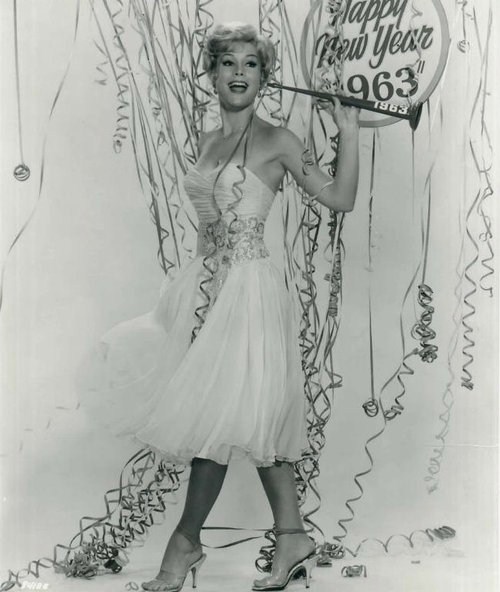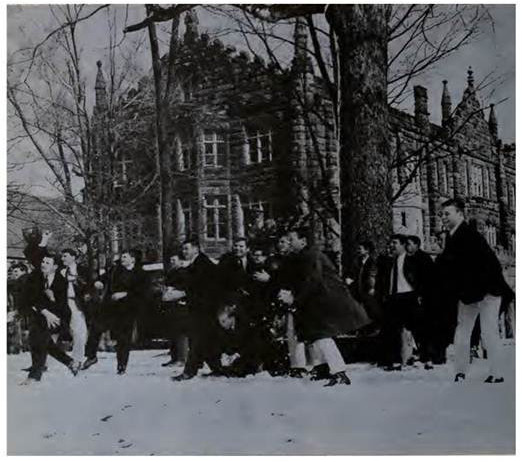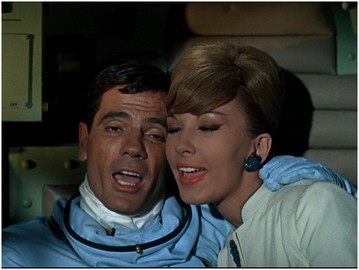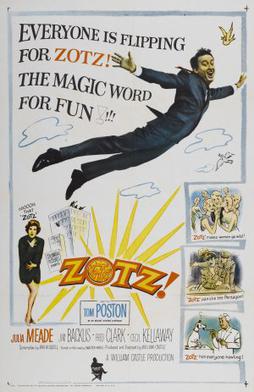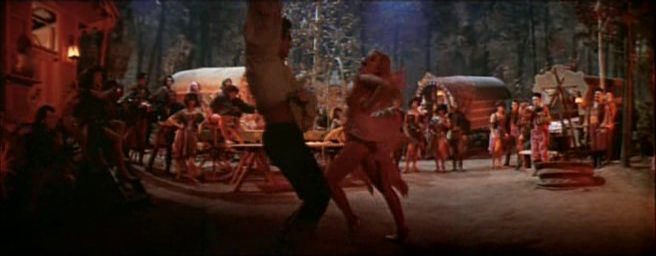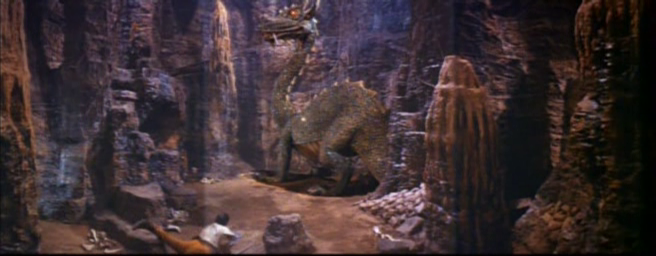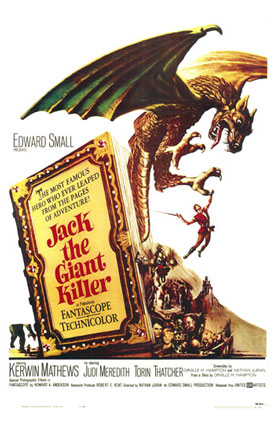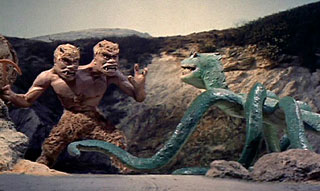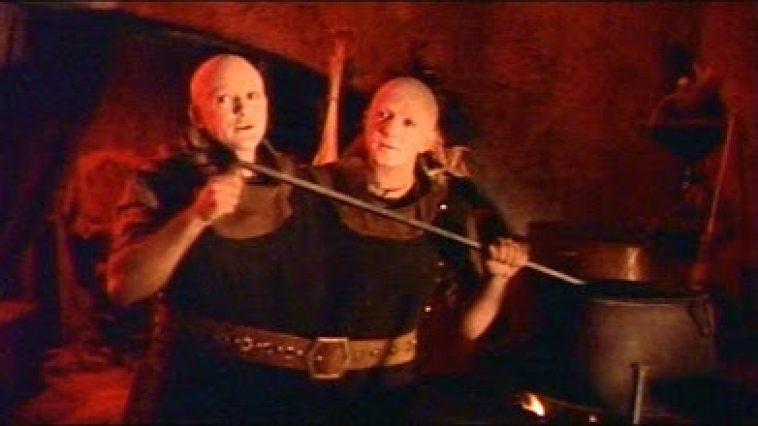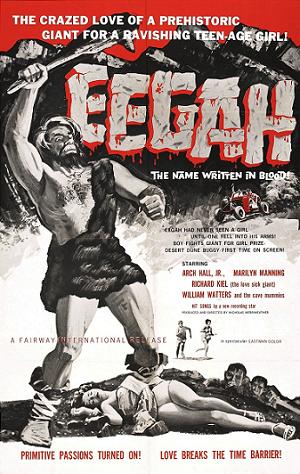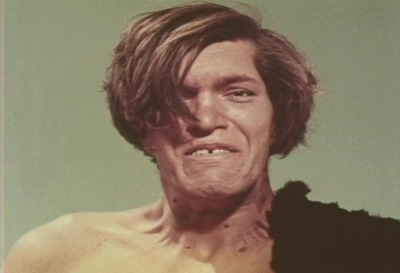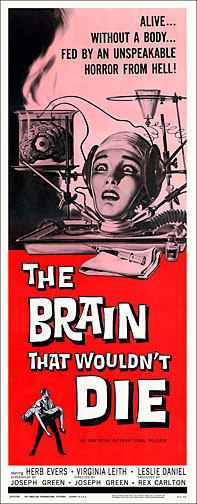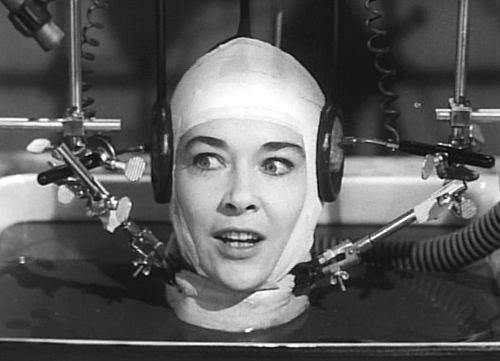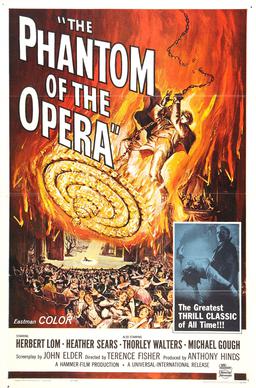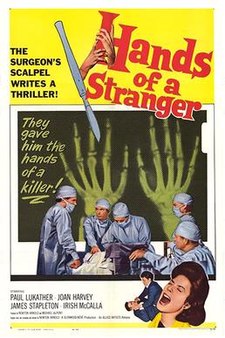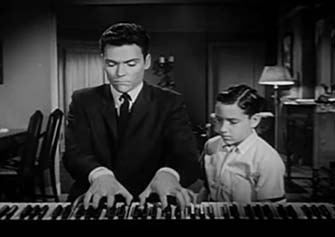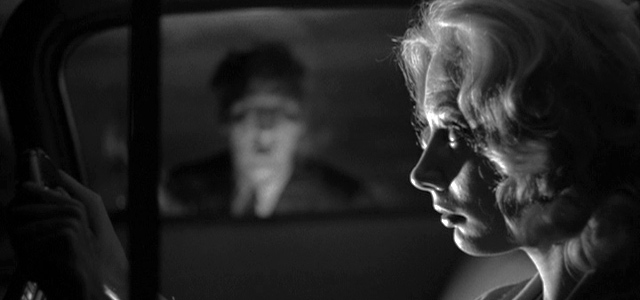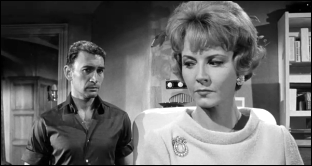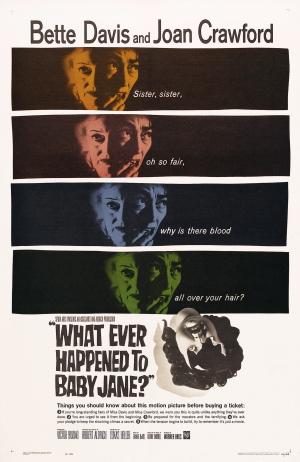
by Rosemary Benton

Andre Norton (a common name for me now) released her new book into the wild of the science-fiction section of local book stores earlier this month! Being October and therefore the prime time to read anything horror or fantasy related, I didn't spend much time dithering about adding Witch World to my pile of literature by the bookstore register.

For this adventure, veteran story teller Andre Norton starts by introducing her audience to disgraced U.S. Army Lieutenant Colonel Simon Tregarth as he flees on his last leg from some unsavory business associates. After a chance meeting with a renowned people smuggler, he bargains for passage from our reality to one which he is promised to be “attuned" with. Skeptical, but figuring that his only other option is death at the hands of thugs, he agrees to what is supposedly a one way passage off of Earth. After successfully traveling through the supposed Siege Perilous, he jumps to the aid of a ragged woman pursued by hounds and soldiers. He quickly learns that the person he has saved is a witch (also referred to as one of the Women of Power) of the besieged land of Estcarp. Jump forward a time and Simon has almost seamlessly integrated himself into this strange new world of sword, guns and fickle sorcery.
Over the course of the story he travels over the known world, coming face to face with oddly advanced machinery within what is otherwise a medieval society. Ultimately he learns of forces and enemies which he and the native people within the realms barely grasp. The book wraps up with Simon and his allies winning the day against their mutual enemy, the Koltar. However, in doing so the extent of his adopted world's vulnerability from other realities begins to become clear, and with that realization the story ends with an uneasy sense of dread.
The plot of of Witch World is passable, but unfortunately the enjoyment of the novel is not to be found in any thrilling exploits of its characters. Overall their personalities do not come with anything particularly remarkable, and unfortunately that translates into character arcs that are alright, but not unexpected. The real reason to read Witch World is the vivid plethora of mythos and the fantastical history which shapes Norton's world. It's absolutely brimming with potential that I hope Norton will take advantage of in future stories.

Despite the bizarre whimsy of the cover by Jack Gaughan which prominently features a gun wielding man in a blue leotard with a comical bird beak sticking far out from his forehead, the cultures and environments of Witch World are filled with intense, gritty peoples who have distinct traditions and garb best suited to their rough lives. Spandex is pretty much the opposite of what anyone in Witch World wears. This is a high fantasy world with magic and chain mail, medieval feudalism and tribalism, and primitive, cruel ideas about a man and woman's roles. At the same time, however, there is deliberately juxtaposed science-fiction technology thrown in. Robotic birds, surgically and chemically induced mind control, and guns spring up with little preamble.
The way in which Norton merges a handful of advanced technology with a deeply structured fantasy culture struck me as distinct from other genre bridging stories. Previous sci-fi/fantasy stories I have pored through seem to favor the merger of the two genres almost equally. Some novels seem to use magic merely as another word of misunderstood science. Consider, in John Brunner's Secret Agent of Terra, the isolated people of Planet 14 who are not privy to exactly how an ancient food processor works and consider the domestication of animals to have mystical origins. The visitors from Earth do know how to work the old technology and are well aware of the planet's history of animal husbandry, yet they feed this misconception so as to not disturb the planet's natural evolution from magic believers to scientific pioneers. And therein lies the rub – for every “spell" there is a hidden keep of exposition.

When the subject of magic is approached in any of Norton’s writing there is never any easy solution lying right below the surface. Her flaire for piecing out information and not revealing more than what the characters themselves know keeps the reader on edge, as well as humble. This sense that there are always bigger forces at play, yet are never fully explained, teases the rational mind of the reader and allows for there to be doubt that anything “magical" can be easily quantified by rational, scientific method. It's very disquieting when Norton's established and venerated forces, like the witchcraft of the Women of Power and the Axe of Volt, are threatened by something indefinable that is even older and more powerful – travel across dimensions.
To belabor the point, Norton's book is in desperate need of a new front cover in future editions to better advertise this unease, since it is by far one of the biggest things the reader takes away from the novel. That and, of course, the potential for more stories of branching off of Witch World. The expansiveness of Norton's world is, frankly, astounding. The potential for twists and turns in future stories is greatly aided by the dimension travel that Norton subtly echoes back to again and again.

Andre Norton's Witch World has a spark of something much bigger, and while this first foray into its world was rather standard in terms of the main plot, the visible layers and grandiosity of Witch World just begs to be explored. It's hard to give a book like this a rating. Was it fun to follow the exploits of Simon Tregarth, Koris, Briant, and Jaelithe? A little, but they were not really the most interesting aspect of the novel. Did the story achieve what it set out to do in terms of world building? Absolutely. Did it make me want to read more? If any further Witch World books can make me as riveted to the history of this world as much as this book did, then absolutely. Ultimately I would say this was a three and a half star book. Well worth reading for the intricacy and intrigue of the universe Norton has created, but with characters who were outshined by their surroundings.

![[October 22, 1963] A Whole New Fantasy (Andre Norton's <i>Witch World</i>)](https://galacticjourney.org/wp-content/uploads/2018/10/631022cover-400x372.jpg)

